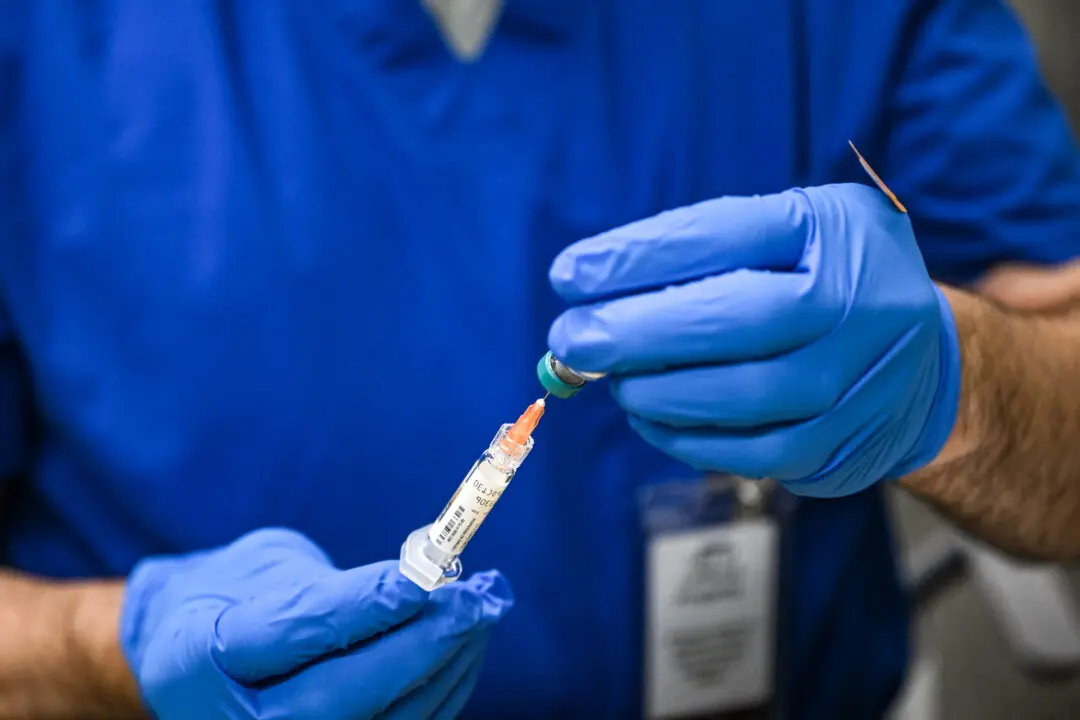The number of vaccine injury reports that poured in after the introduction of COVID-19 vaccines caught officials off guard, newly disclosed documents show.
The contractor hired for $9.4 million to process reports to the Vaccine Adverse Event Reporting System (VAERS) estimated a maximum of 1,000 reports per day—the “worst case scenario,” according to one document. But the number of reports broke through the “red line” on Dec. 26, 2020—less than three weeks after U.S. regulators authorized COVID-19 vaccines from Moderna and Pfizer.





